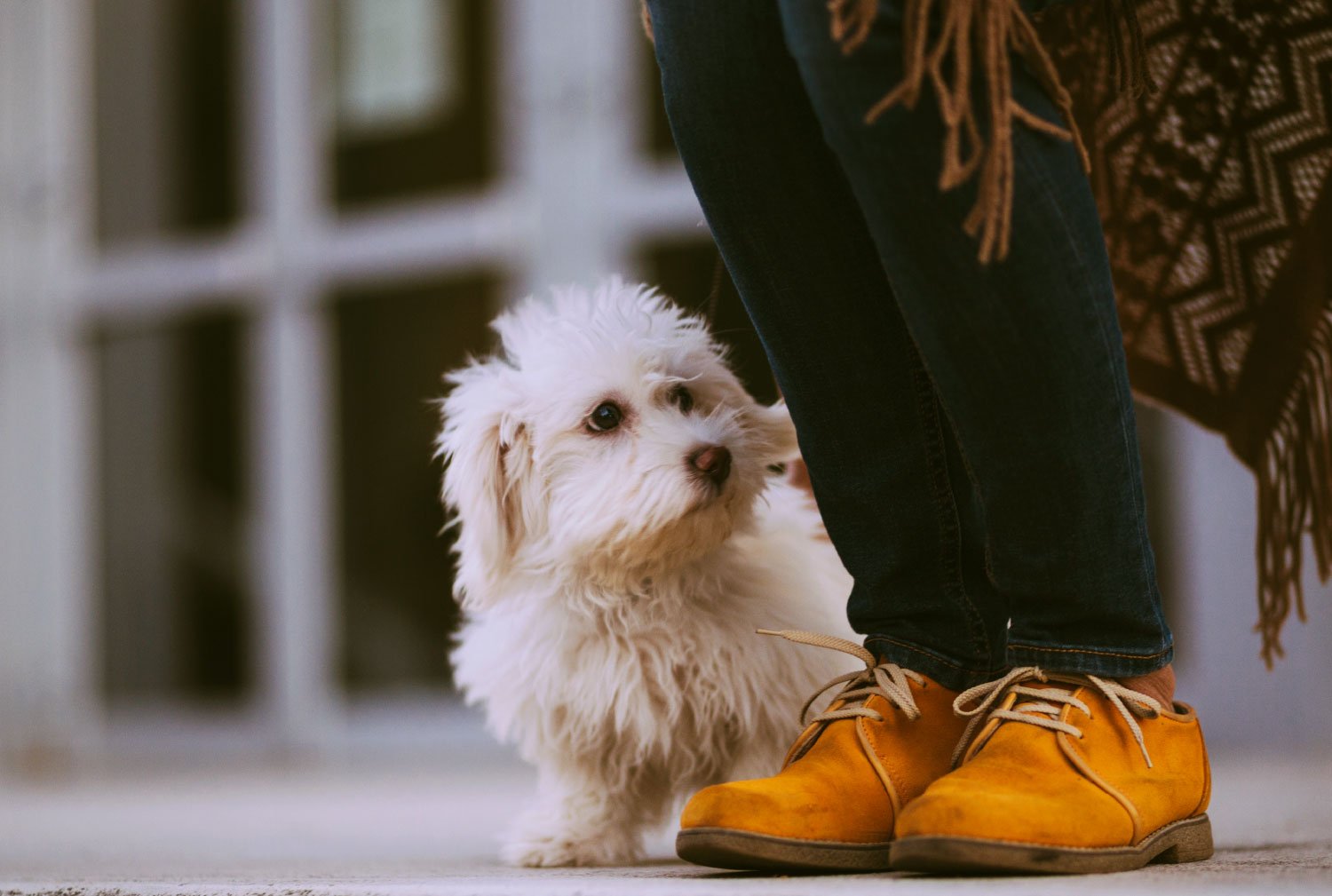THINGS WE DO

EUTHANASIA
Owning a pet can be one of the most rewarding experiences in our lives. They offer unconditional love, are always there to comfort us when we are sad and give us a reason to get out of bed in the morning, but the sad fact is that during our lifetime, we will need to say farewell to our pets at some point. They just don't live as long as us.
WARNING
This discusses euthanasia. If you will find this information upsetting, then we do not recommend you read further.

Aging Pets and the Dilemmas That Come with Owning Them
At Evervet, we are sadly faced with this part of pet ownership regularly, and we have learned quite a bit about this sad and stressful part of owning a pet.
The ability to give pets a peaceful exit from this life in the form of euthanasia is a blessing and a curse. It would be lovely if all our pets just curled up in bed one night and drifted away peacefully. Regretfully, this is often not the case and a decision regarding their quality of life is left to you, their owner
This article only skims the complex and emotional minefield around farewelling our pets. Please do not hesitate to discuss your concerns or questions with our veterinary team. We are here to help guide you during this time.
Many questions are often asked of the veterinary team surrounding euthanasia. We will try to answer these now.

Recognising the Right Time: Balancing Heart and Head
Making a decision to euthanase a pet is a conflict of what our heart feels and what our head wants. Our heart wants to keep our pets with us always, whereas our heads tell us that we would not want our pets to be in pain or to suffer.
In our experience, it is very rare for an owner to leave the decision too late. If our decision-making process has expert medical advice from your vet and your love for your pet at its' core, then there is no one “right” or “wrong” time.
It may sound trite, but at some point, you will just “know” when the time is right. Your head and your heart will be telling you the same thing. Obviously, if there are still some options available to us for the treatment of your pet, we will discuss these with you, but the decision is ultimately yours.
You may also have experience (positive or negatvie) from other pets that you have needed to say farewell to. This may influence your thinking with subsequent euthanasia as well.
Often you have begun the grief process a long time before the decision to let your pet go has been made.
Consider your own stress and well-being when looking after an elderly or chronically ill pet.
It is very important that we do not underestimate the stress involved in looking after an elderly, frail, or chronically ill pet. It can be like living with a ticking time bomb, constantly wondering if today is the day when your worst fears will be realised.
Discussing these fears and concerns with a counselor or human health provider can be very helpful, but your vet is always willing to discuss concerns with you as well.
The Process: Ensuring Comfort in Euthanasia
Every effort is made to make this process as pain-free as possible, both physically and emotionally.
If you wish to be with your pet, that is perfectly alright. If you can't be there, that is ok too. It is a very individual process.
We usually take pets out to our treatment room to place an IV catheter, so that we can give medication directly into the bloodstream.
This is no different from the catheters that are placed when they have an anaesthetic or need intravenous fluids in the hospital. We will also use a numbing gel on the skin the reduce the sensation of the needle in the skin.
If your pet is particularly anxious at the vet, then an injection can be given into their bottom or leg to make them very sleepy before we place the catheter. This can be good for behaviourally challenging or fearful patients but can result in reduced blood pressure, making finding veins more difficult. We may even give you medication to give to your pet orally at home prior to their visit to help reduce anxiety and stress.
It usually takes about 15-30 seconds from the intravenous anaesthetic infusion going in, until your pet is sound asleep and then a very quick time before their heart stops. It is designed to be peaceful. s crucial. The support and guidance provided by the veterinary team play a significant role in this process.
Considerations for House Calls
We are often asked if we can make house calls for this service. We are more than willing to pre-arrange a time where euthanasia can take place at home. For emergency situations, it is often more expedient to come into the clinic as we cannot guarantee that someone can come to your home immediately. These appointments are obviously contingent of staff availability at the times that you request.
There are also dedicated home visiting vets that just do euthanasia available now if we can't find a mutually agreeable time. These services are stand along services and are not associated with Evervet, but we work closely with them and have several that we recommend if you are looking for this service.

Supporting Children: Honest Conversations about Loss
Always be open and honest with children about a pet dying, explaining that all living creatures have a beginning, middle, and end. Let your child see you express your own grief at the loss of your pet.
Involve your child in the dying process. If euthanasia has been chosen, being honest is helpful in explaining why the choice is necessary and giving the child a chance to spend some special time with you and say goodbye in their own way.
Reassure your child that they weren’t responsible for the pet’s death. The death of a pet can raise a lot of questions and fears in a child. Discuss their fears with openness and honesty. It is ok to be sad, to be angry, to not want to talk, or to want a new pet tomorrow. The range of emotions is very broad.
Do not rush out to get your child a replacement pet before they have had a chance to grieve the loss they feel. Your child may feel disloyal, or you could send a message that the grief and sadness felt when something dies can simply be overcome by buying a replacement.
Your child may like to hold a small ceremony or have a special picture of their pet to look at. They may bring up their pet from time to time in the future, just be ready to talk to them about their feelings when they are ready.

Compassionate Support: Walking the Journey Together
Our aim is to make the end of life of a patient as painless and fear free as possible. It is always a very stressful time for owners. We are here to help guide you.
Aftercare
Aftercare arrangements include cremations with or without the return of ashes to you. If you would like to view the Urns and Memorabilia that are available, please click here.
We are more than happy to make these arrangements for you and have brochures to help guide you in your choices.
Evervet - Your Pet, Your Family, Always

MORE OF

Be forever









